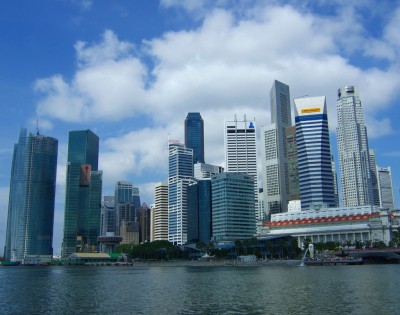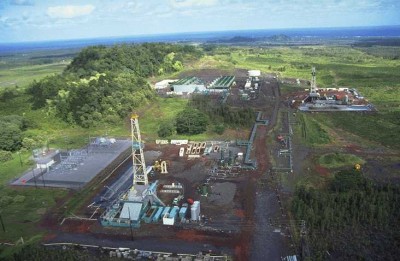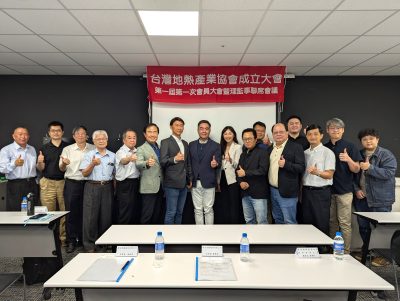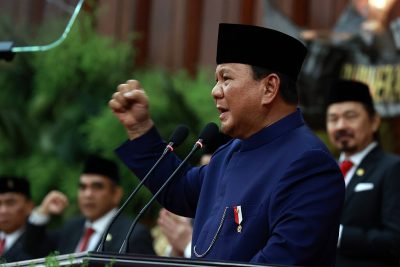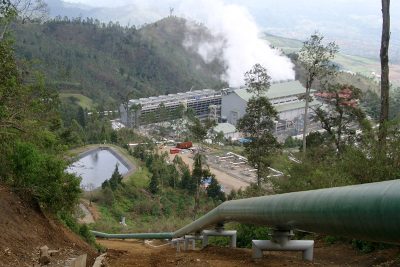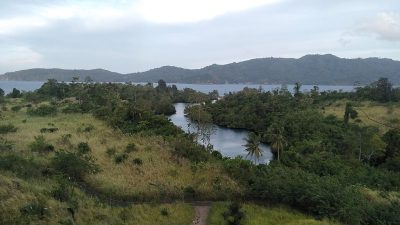Indonesia: 5,000 MW geothermal capacity by 2014, is this doable?
A recent opinion piece in The Jakarta Post is looking into the Indonesian plans of developing a geothermal generation capacity of 5,000 MW until 2014. This piece is quite interesting at it looks at challenges that a lot of other countries also face.
A recent opinion piece in The Jakarta Post is looking into the Indonesian plans of developing a geothermal generation capacity of 5,000 MW until 2014. This piece is quite interesting at it looks at challenges that a lot of other countries also face, e.g. in form of how to incentivize investment in geothermal, be it through legislation, division from steam management and generation etc. So I thought it might be interesting to post the whole article.
“Our law on energy has identified renewable energy as one of the country’s primary energy resources. We have a mandate to use renewable both for electricity generation, on-grid and off-grid, and as a transport fuel. Expressed in a presidential decree, renewable would provide approximately 17 percent of energy used by 2025, a much larger share than the current 4.5 percent.
The second electricity crash program, recently announced by government, includes recourse to renewable resources to be developed in the period from 2009 to 2014. About 60 percent of this new capacity is to be from renewable sources, i.e., 48 percent (5,000 MW) from geothermal and 12 percent from Hydro resources.
With 5,000 MW of geothermal, we will conservatively reduce annually 82 million tons CO2 equivalent in emissions. The economic cost of not meeting this target is high. Assuming a plant load factor of 90 percent, and a cost for coal of US$55 per ton, it represents an economic gain of US$740 million annually, being the value of the 13.5 million tons of coal saved.
A substantial gain can also be achieved from carbon credits from the significant amount of CO2 that would be saved.
But the government does not have sufficient funds to support all the required investment, and most likely the larger share of the second crash program would have to be financed and developed by the private sector.
The challenge is then to attract private sector companies entering into independent power producer (IPP) contracts with the regulated monopoly state-owned company (PLN).
The geothermal law has shifted the responsibility for geothermal development to local govern-
ment — the owners of the steam sources. The development of IPPs via this decentralized structure is relatively new, with PLN as the only buyer. Procedures to govern the development and operations process for such IPP contracts are incomplete. This constitutes another challenge.
Existing procedures specify that the tender for a geothermal concession will be won by the bidder who offers the lowest price per kWh generated.
However, a standard pro-forma Power Purchase Agreement (PPA), which spells out where, when, and how much electricity will be produced and the penalties for non-compliance, are not (yet) part of the tender. Local government lacks the proper authority to issue the PPA. The result is confusion and delay.
Because of the absence of the PPA (as part of the initial concessionary agreement), it is possible for companies to bid low and to try to sell their license or hold on to the geothermal resources without any real obligation to develop. Considering the winning bidder has no performance bond or any real financial commitment, it is hard to ensure rapid or timely development of the geothermal resources.
PLN, although having the benefit of the monopoly is also in a no-win situation. As the tariff is regulated at less than the costs of generation, PLN is losing more money with every kWh they buy.
This loss will continue to exist, even if they buy the electricity generated from geothermal resources for 85 percent of the price they pay for the average weighted production cost in a specific region.
If the tariff is too high, their performance is not acceptable. If the tariff is too low, no IPPs will invest in geothermal development and PLN will be perceived as obstructing economic development.
Taking into account all these factors related to PLN an IPP project could be seen as potentially loss making from a banking point of view . Banks may therefore demand a letter of comfort (as well as proof the IPP proposal is viable).
What stands in the way of realizing this potential? A mechanism must be created to link local government as the owner of the steam resource, the IPP as the producer of the electricity, and PLN as the buyer and distributor of electricity.
In this mechanism, an agency which supervises PLN must provide a guarantee for the winning bidder to enter into a PPA with PLN, or get reimbursed for the full cost of tendering. This guarantee must be on top of the existing regulation for timely payments by PLN to the IPPs to fulfill its repayment obligations.
Moreover, investment costs of geothermal power plant are in general 2 to 3 times higher than that of a comparable fossil fuel plant. But the running costs are much less, because no purchases of coal, oil or gas are needed.
Once the geothermal plant is operational, the costs are largely that of the repayment and interest cost of the finance, (as well as maintenance and running costs).
The cost per kWh of geothermal electricity is directly influenced by the number of years needed to repay the loan.
Then the logic is that if the term can be extended for several years, the cost per kWh can be substantially reduced. When investment is repaid through an amortized loan and if loan repayment can be spread out over a longer period, the actual cost per kWh could be much reduced.
Last but not least, as the responsibility to confirm steam resources now lies in the hands of local government, some might have the financial ability to spend the approximately US$8 million to US$12 million required, i.e., the cost of drilling three test wells, but most will not.
A revolving trust fund must be considered to help cover these risks, with repayments to the fund, coming from the income local government will receive from the exploitation of geothermal concessions.
Both financial facilities and a technical assistance unit must be provided to support local governments with tendering, exploitation and monitoring of the geothermal working areas over time, through a simple but well-designed management information system.
With all these components in place, we could soon see the first new investments in geothermal development after a period of 15 years in waiting.
In spite of the upcoming com-petition from the US, we could become the world’s largest producer of geothermal energy, with a total installed capacity of over 5,000 MW by 2014. ”
Source: The Jakarta Post
